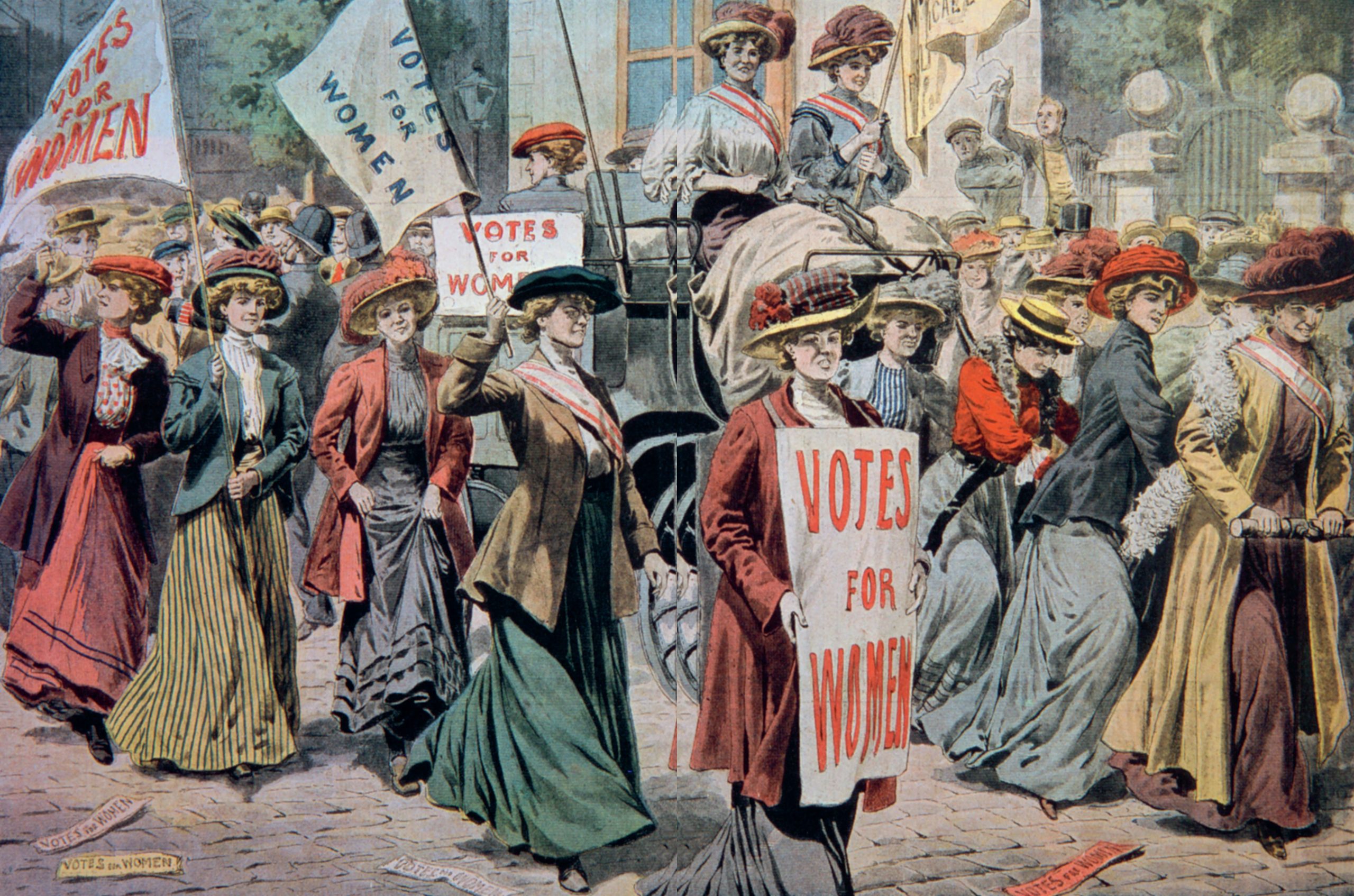
With hindsight it would appear that from the end of the Napoleonic Wars to the First World War, Britain was on a trajectory towards universal suffrage. However, this would diminish both the intense struggle for those outside the electoral system to obtain the vote, and the frequent pronouncements by governments of the day that the latest measure of reform would be the last. A host of extra-parliamentary groups including Political Unions, Chartists, the Reform League and women’s suffrage societies kept up pressure on successive governments to increase the electorate. Bills often went through several manifestations and often the final version was far more radical than the first incarnation.
The 1832 Reform Act for example was put forward three times, being passed in the Commons but rejected by the House of Lords until the government threatened to swamp the chamber with Whig peers in order that it should pass. The Act was relatively moderate, increasing the electorate from 366,000 to 650,000 — around 18 per cent of adult males. A late amendment by the Marquess of Chandos diluted some of the provisions by enfranchising £50 tenants-at-will who typically voted as instructed by their landlords. The 1867 Reform Act doubled the number of adult men who could vote, granting the franchise to all heads of households in boroughs and to lodgers who paid a rent of £10 a year or more. It was far more radical than the more modest measure introduced by the Liberals a year before, but Disraeli persuaded the Tory party to back the measure, suggesting that a grateful electorate would reward the party by voting them into office.
Your organisation does not have access to this article.
Sign up today to give your students the edge they need to achieve their best grades with subject expertise
Subscribe




